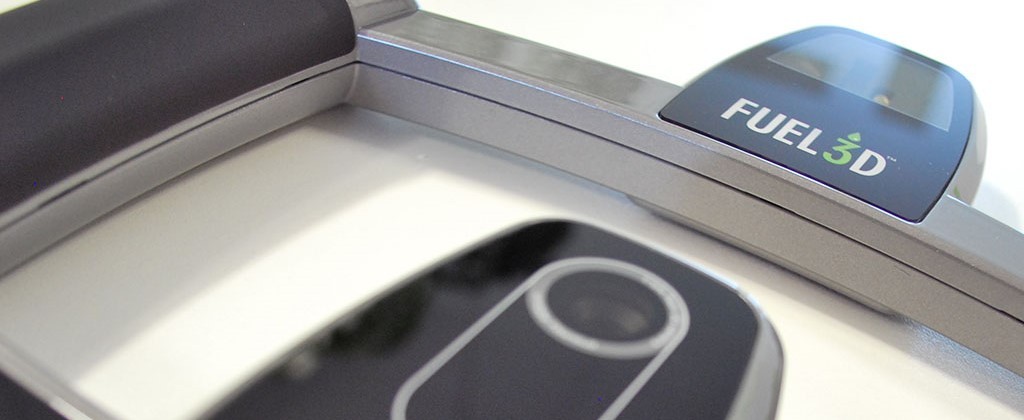Not long ago, we reported that Voxel8, the makers of the first desktop electronics 3D printer, had received an investment from In-Q-Tel (IQT), the investment arm of the Intelligence Community. What the company will use that funding for has not yet been disclosed, but the Harvard spin-out has openly announced a plan to prototype satellite arrays for the government through a separate project. But Voxel8 isn’t the only company in the industry that the intelligence community has its eyes on. Today, Fuel3D has reported that it has also received an investment from In-Q-Tel.
In-Q-Tel is legally independent, but serves the US Intelligence Community, including the CIA, through investment in cutting edge tech companies that ultimately develop goods for intelligence agencies. In the case of UK and US-based Fuel3D, this means the further development of its quick and high-resolution 3D scanning technology, made available to consumers via the Scanify handheld scanner, for IQT’s government customers.

Fuel3D first made headlines on 3DPI when it launched a highly successful Kickstarter campaign that saw the funding of its handheld 3D scanner, which had originally been developed for the field of medicine. The device, now called the SCANIFY scanner, relies on pre-calibrated stereo cameras that take 3D pictures in just seconds via photometric imaging. Of particular interest to the Intelligence Community may be the fact that their technology produces full-color, high-resolution 3D models very quickly, ideal for capturing humans that may be moving. Fuel3D further deems it ideal for biometrics, fashion, footwear, and athletics. Fuel3D CEO Stuart Mead adds, “The speed with which we capture high resolution 3D data is key to what makes Fuel3D’s technology different. In just a tenth of a second, our platform can capture an accurate, measurable, full-color 3D model at resolutions of 350 microns (0.35mm) or better.”
Small Stone Tablet
by Fuel3D
on Sketchfab
Simon Davidson, Partner at IQT Investments, said of the potential for Fuel3D’s 3D scanning for the US government, “The ability for non-technical users to easily create 3D models of everyday objects is an exciting new capability. We’re eager to help our government customers leverage these advances through the further development of Fuel3D’s technology.”
What these government customers will use SCANIFY for is not made public, but you might be able to use your imagination. On the one hand, the scanner could be used to generate 3D models for replacement parts and supplies while in the field of battle or espionage. It’s also easy to imagine the technology expanded for use in drones as a means of capturing 3D data of terrain and people of interest to the Intelligence Community. Now that it’s been made clear that the Intelligence Community already gathers every other bit of data about individuals the world over, we can add 3D data to the mix. Say cheese!

Leave A Comment